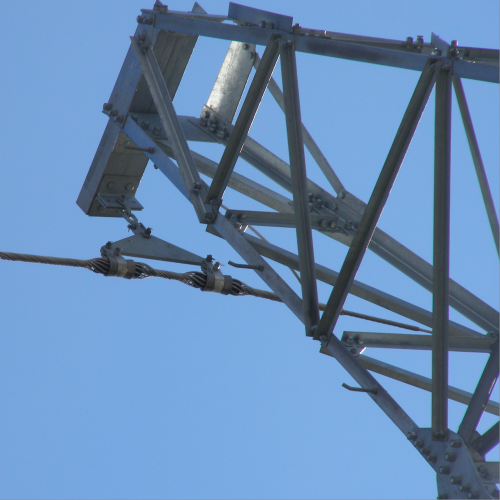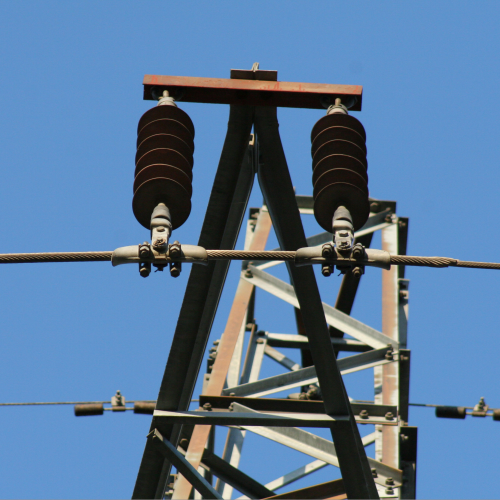The main role of downlead clamp is to achieve a precise and stable connection between the overhead wires and the terminal equipment. In the terminal link of the transmission line, the wire needs to be transferred from the overhead state to the ground equipment connection. In this conversion process, the downlead clamp needs to continuously withstand the gravity and wind loads of the wire, as well as the stress changes caused by the thermal expansion and contraction of the wire due to changes in ambient temperature. Our downlead clamp can be adapted to all kinds of common wires within a certain diameter range, whether it is steel-core aluminum strands, aluminum alloy strands, or special heat-resistant wires suitable for high-temperature environments, it can achieve a close-fitting connection effect and prevent the connection between the wires and the equipment from loosening. At the same time, our downlead clamp can adjust the adaptation angle according to the differences in the tower structure and equipment installation angle, so that the wire direction is smoother, fundamentally reduce the local stress concentration caused by bending, and provide a basic guarantee for the stability of the power transmission channel, so that the current can be continuously and stably transmitted between the wire and the terminal equipment.

In addition to the basic function of stable connection, downlead clamp also assumes important safety protection responsibilities, which is more prominent in high-voltage transmission scenarios of 220kV and above. During the operation of a high-voltage line, the electric field strength on the surface of the wire is very high. If the contact between the downlead clamp and the wire is not close enough, it can easily cause corona discharge. This kind of discharge will not only cause 3% to 5% of the annual power loss, but also produce high-frequency electromagnetic interference, which will affect the normal operation of peripheral communication equipment. Long-term continuous corona discharge will accelerate the aging process of the wire insulation layer and shorten the service life of the line. By optimizing the contact effect with the wire, our downlead clamp can effectively reduce the local electric field intensity and reduce the probability of corona discharge. In addition, our downlead clamp has strong corrosion resistance, even in harsh environments such as coastal high salt spray and industrial polluted areas, it can resist corrosion and erosion within a certain period of time, avoid connection failure caused by component corrosion, prevent terminal equipment from failing due to connection problems, and provide a guarantee for the safe operation of terminal equipment.
Taking into account the large differences in the natural environment and working conditions in different regions of the world, our downlead clamp also has a certain degree of customization and adaptation capabilities to meet diverse use needs. For example, in power transmission projects in the tropical rain forests of Southeast Asia, central Africa and other minefields, downlead clamp can improve the lightning impact tolerance of the connection site with the lightning arrester, ensuring that when a lightning strike occurs, the current can be quickly and smoothly introduced into the earth through the lightning arrester, reducing the risk of terminal equipment being burned by lightning strikes, so that the line can operate normally in thunderstorm weather. Or in cold and snowy areas such as northern Europe and northern North America, downlead clamp can cooperate with related components to prevent snow from freezing and accumulating at the junction of the clamp body and the wire, so as to avoid component fracture or wire damage caused by excessive ice and snow load, so that the winter line can also be powered normally. In short, although the downlead clamp is a small component, its function and function will directly affect the stability and safety of the entire line. If you need it, please feel free to contact us!




